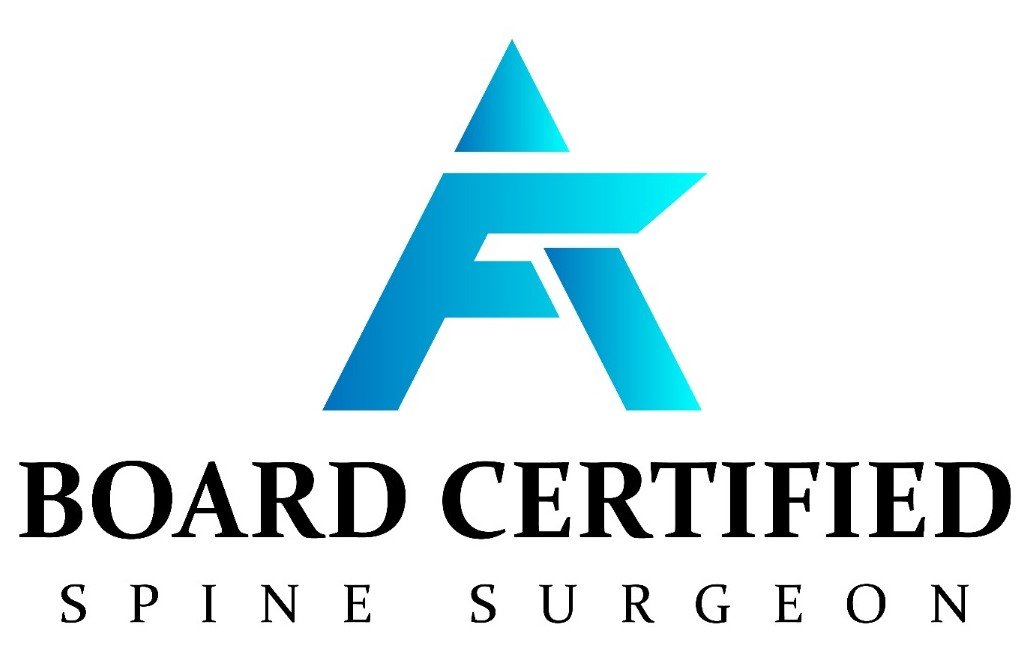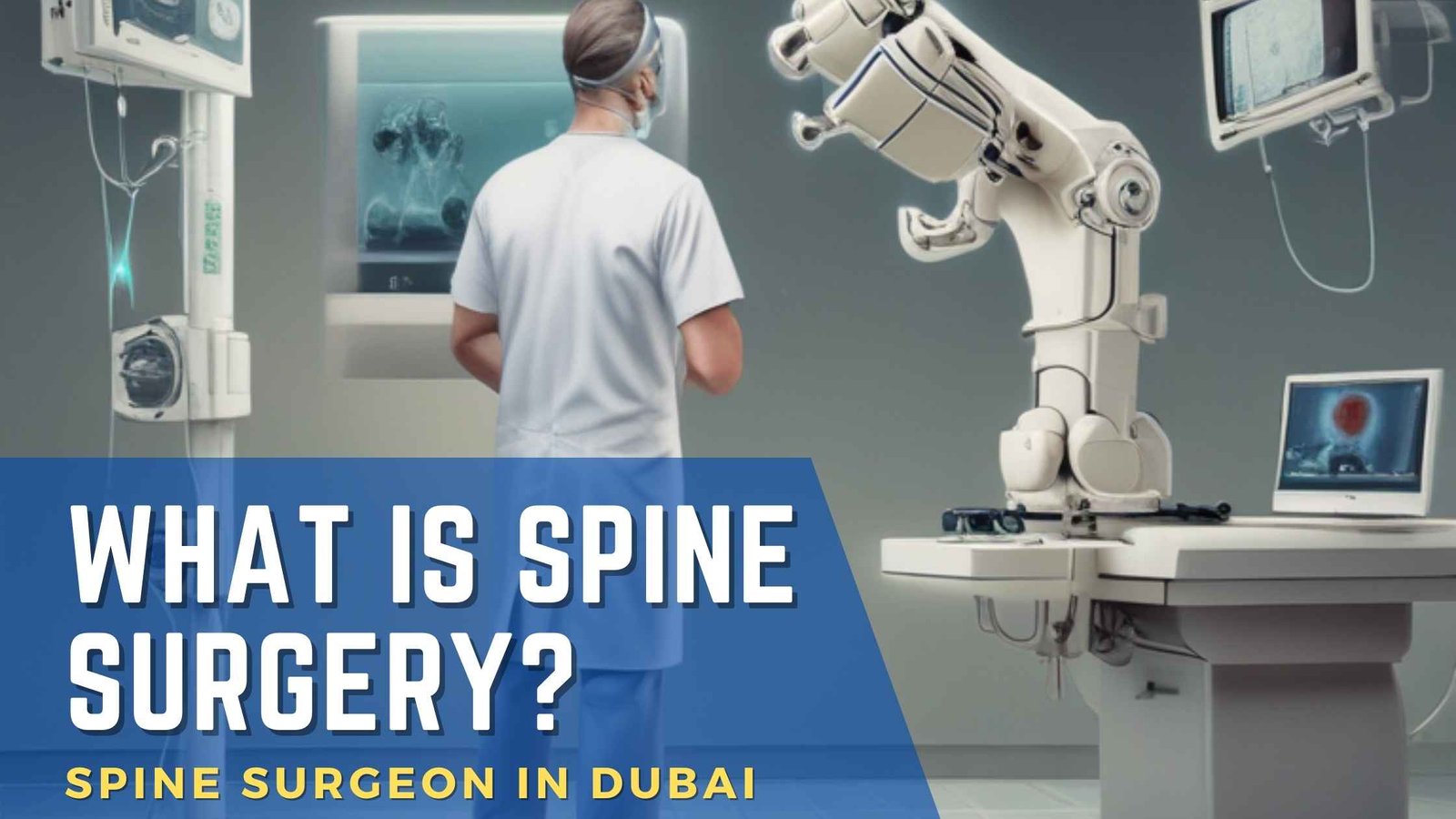The Conditions Related to the Spine
Although invasive, spine surgery is a carefully planned intervention conducted for the benefit of an individual suffering from an ailment affecting the vertebral column or the bone structures along the torso of the human body.
The spine is intricately connected to mobility, and thus it becomes very daunting for patients to consider undergoing spine surgery, given the importance of the spine as well the complexities and risks involved. However, for the patients, it is equally important to understand spine surgery as there will always be new and innovative ways to practice it and the existing technique will keep on improving.
This blog will essentially address the target audience, which is the patients – everything from the basic logic of spine surgery, classification of the surgery, improvement of the surgical techniques, and the procedure of rehabilitation.
The patients will be able to center themselves with the reassurance that they will possess the proper information to help them in their treatment methods/decisions and what lies ahead throughout the stages while ensuring recovery is effective.
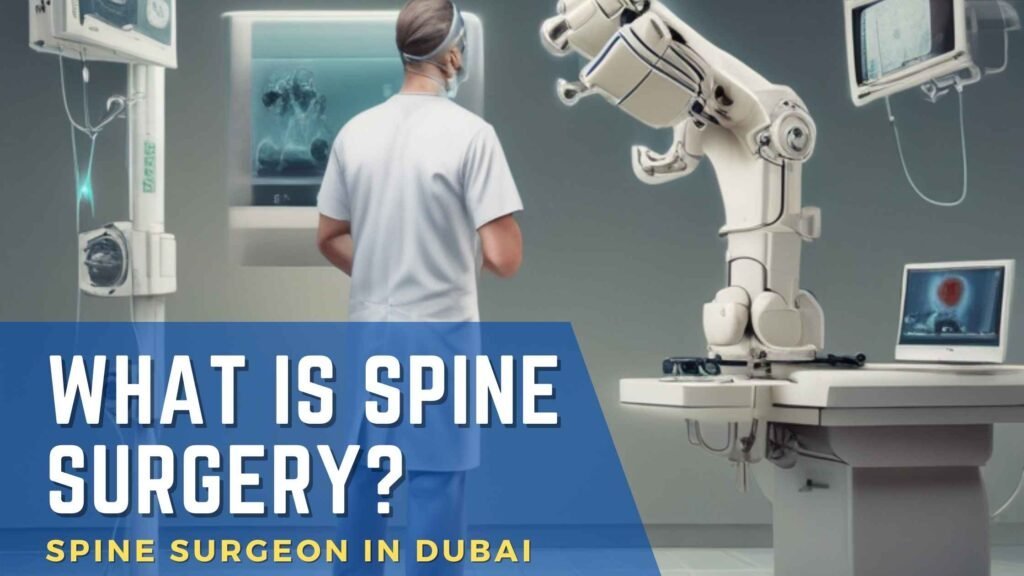
What Spine Surgery Is
Spine surgery can be defined broadly as a category of procedures whose aim, regardless of how they are specifically performed, will be the relief of pain and suffering in individuals with a spinal disorder or disease.
Considering its importance, the operation holds several benefits since it is able to fix abnormalities in the skeletons, easing tension on the spinal cords and repairing disorders that encumber movement.
An Update on Technology and Other Advancements
In past decades, the evolution of spine surgery has been marked by impressive advances such as: expansion of minimally invasive techniques, introduction of robotic surgery, and enhancement of imaging technologies. All these innovations at the least resulted in an improvement of patient care and their risk and recovery periods.
Why This Blog Is Important to Patients
This blog is intended to assist spine surgery patients with the necessary spine surgery procedure information by arming them with foresight. Blinding fears by passing the knowledge of what happens before, during, and after the procedure is seen as useful in promoting a state of readiness that can be beneficial in the patient’s overall experience during the operation.
Key Points
Spine Surgery Is Necessary For Various Spinal Disordersdr
Spine surgery is almost always needed in the treatment of a plethora of disorders including herniated discs, spinal stenosis, and scoliosis. This is because these infections not only cause agonizing pain but they also limit movement and a person’s ability to enjoy activities, hence making surgery timely crucial.
Development Has Led To More Or Less Invasive Procedures and Reduced Recovery
The development of these techniques has had a transformative effect on the treatment of spinal surgery. Because their techniques involve less incisions, this leads to less postoperative pain, shorter stays in the hospital, and a quicker return to normal life and even work.
It Is Important to Teach Patients What They Will & Shouldn’t Expect Before, During & After Surgery
Understanding everything allows the patient to have confidence and calm before undergoing any surgery. Through knowledge of the procedures involved, timelines for recovery, and what could go wrong, patients can begin to be an integral part of their care and the decision-making process.
What Is Spine Surgery?
Many surgical methods for spine surgery are designed to treat a number of different spinal disorders. The spinal column is a complex structure composed of vertebrae, discs, ligaments, and nerves, all of which work together to provide stability, flexibility, and protection for the spinal cord. Surgery is usually the last option to be considered when all other attempts to treat some diseases have failed, and normal anatomical functions are lost.
Overview of Spine Surgery & Its Importance
In terms of the spine’s anatomical features, spine surgery takes on a number of different classifications. The importance of spine surgery cannot be exaggerated and can be defined as one that can:
Restore Function
The majority of patients manage to recover their lost mobility and function after a spine operation. This is significantly so for people who have been completely disabled from doing the activities of daily living because of spinal disorders.
Prevent Further Damage
Some of the spinal ailments, if not addressed in time, can bring about the gradual destruction of the spinal cord and even the nerves. Such a condition may require surgical treatment to avoid irreversible and neurological damages.
Common Conditions Treated by Spine Surgery
There are various conditions that call for the need for spine surgery, such as the following:
Herniated Discs
It is to be understood as the bulging or bursting of the soft gelatin inner part of a disc which pushes towards the nerves causing pain, numbness, or weakness of the limbs.
Spinal Stenosis
It can be explained as a narrowing of the spinal canal which brings about abnormal compression of the spinal cord and the other related nerves and may cause pain and tingling especially in the legs.
Scoliosis
It is a sideways abnormal curvature of the vertebral column that, in some cases, is so severe that operatively assisted treatment is essential in order to eliminate further curvilinear deformation with its sequelae.
Spinal Tumors
Tumors that grow on or near the spine may cause severe pain and other neurological complications. Surgery may be indicated for removal to treat the complications and prevent more.
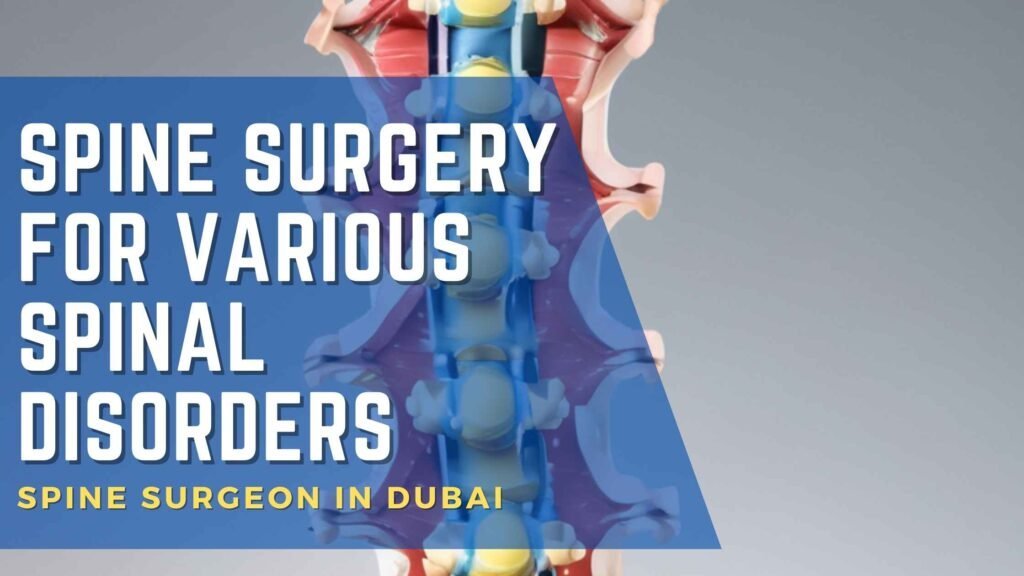
Types of Spine Surgery
The variations of spine disorders and their clinical courses for the spine condition will determine the type of spine surgery conducted in this case. In the same way, the medical history of the individual determinant is also a vital factor. In order to participate in devising a strategy for the clinical services that the individual looks forward to, including informing the individual about the specific procedures, understanding the various types of spine circulations is critical.
Discectomy
Discectomy is a standard surgical procedure aimed at correcting herniated discs. In this case, the surgeon destroys the part of the disc which is affecting the root or the spinal cord.
Indications for Discectomy:
- Unilateral persistent pain which does not resolve with conservative measures.
- Weakness or numbness associated with nerve compression.
Procedure Overview:
This procedure can be carried out either by open surgery or a minimal invasive approach. The hospital stays are not long for the patients as they usually go home on the same day or the following day of the procedure.
Laminectomy
Laminectomy is the surgical procedure of removing the posterior arch of a vertebra. This is mostly done for spinal stenosis in cases where there is excessive pressure on nerves or the spinal cord because of surgical intervention.
Indications for Laminectomy:
- Investment back pain.
- Nerve compression Waddell’s that interferes with the basic activities of the patient.
Procedure Overview:
An incision is made on the back of the patient and lamina of the vertebra is cut in order to enlarge the area housing the spinal cord as well as the nerves. This surgical procedure may be conducted as an open surgery or a minimal invasive procedure.
Spinal Fusion
Spinal fusion is a surgical procedure which is used to cause two or more vertebrae to grow together so that there is stiffening of the spine. This is often warranted in cases of degenerative disc disease and spondylolisthesis where the vertebrae are unstable too follow such procedure.
Indications for Spinal Fusion:
- Persistent pain in the back as a result of an unstable spine.
- Vertebral body deformities of the spine or lateral curvature of the backbone.
Procedure Overview:
In this case, the surgeon may place a bone graft or bone substitute on the vertebrae to promote fusion of the bones. The duration may take a much longer time than other types of spine surgery since the body is required to undergo healing as well as promote the fusion.
Innovations in Spine Surgery
In the last few years, there has been an increased focus on evolution in the area of spine surgery from the patient’s ZPaQ ow. Such evolution has seen surgery procedures become safer and efficient and cause less trauma to patients.
Minimally Invasive Techniques
Minimally invasive spine surgery (MISS) is a relatively new progressive technique used to carry out spinal surgery procedures. Unlike the open surgery, which requires large skin cuts, MISS requires small skin openings and specialized surgeons tools.
Advantages of Minimally Invasive Techniques:
- Reduced Recovery Time: Most patients can spend one or two days after the operation in the hospital and go back home; in areas with open surgery, patients had to stay for a longer period of time in a healthcare facility.
- Reduced Pain and Scarring: Smaller incisions result in lesser damage to tissues, which implies that there will be less pain after the surgery and little scars are left.
- Lower Chances of Developing Complications: There are fewer chances of contracting any form of infection and other associated complications as a result of applying the minimally invasive techniques.
Robotic-Assisted Surgery
Robotic-assisted spine surgeries have become more widely accepted since they enhance the accuracy and control of spine surgical procedures. Robotic surgical systems allow for more complex operative maneuvers to be performed by the spine surgeon with greater accuracy.
Benefits of Robotic-Assisted Surgery:
- More Precision: The robotic technology is helpful as it eliminates the haphazardness in placement of the spinal instrumentation because of the adjustments made.
- Making the Images Real Time: The images are available to the surgeons without delays and they can be employed in the operating theatre to assist them with performing the procedure.
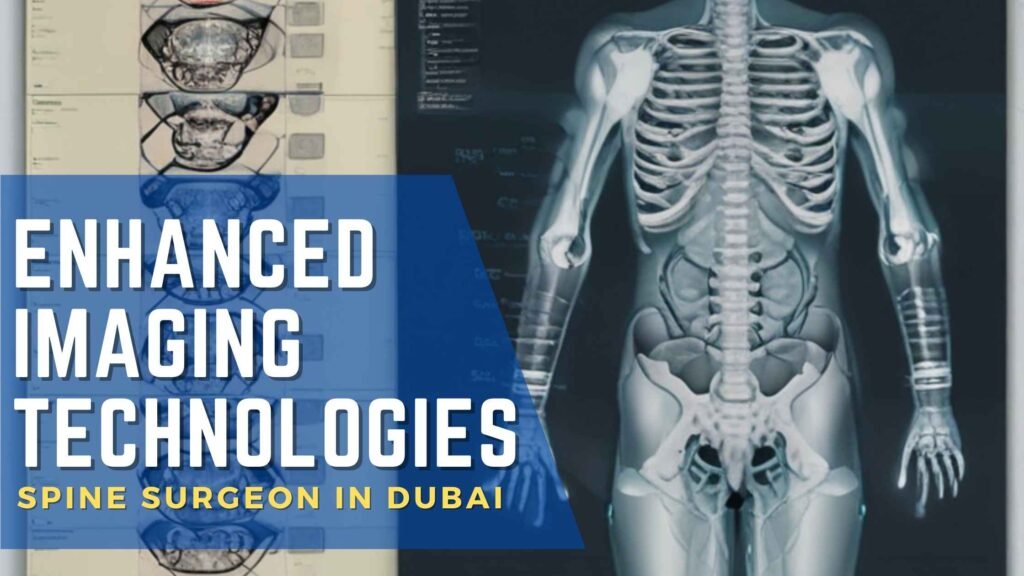
Enhanced Imaging Technologies
The use of intraoperative fluoroscopy, MRI, and other systems are some of the emerging strategies that have characterized the evolution of spine surgery. These technologies help in detailed visualization of the spine for the surgeons throughout the surgery, hence assisting when planning and performing the surgery.
Impact of Enhanced Imaging:
- Surgical Effectiveness is Improved: Surgeons may be able to avoid complications and improve on the patients’ outcomes by making more accurate decisions regarding the spine.
- Better Communication with Patients: Surgeons may use the imaging technology to show patients the condition of their spine and explain the procedures being performed
Recommendation for Dr. Feysal Abdullah, M.D.
Dr. Feysal Abdullah is a UK-trained orthopedic surgeon with over 20 years of experience in spine surgery, specializing in minimally invasive trauma orthopedic surgery. As a member of the Royal College of Surgeons (MRC Orthopedics), Dr. Abdullah is committed to providing exceptional care for patients suffering from spinal diseases.
Expertise
Dr. Abdullah is recognized for his extensive expertise in minimally invasive trauma orthopedic surgery. His primary focus is patient safety, and he is dedicated to achieving the best possible outcomes for his patients, which has earned him a strong reputation in the field of spine surgery.
Patient-Centered Care
Dr. Abdullah believes in delivering integrative care that respects individual patient attributes and preferences. He prioritizes open communication, ensuring that patients are fully informed and actively involved in their treatment process.
Patient Care
Dr. Abdullah is committed to maintaining high standards throughout all stages of treatment. He provides clear and systematic information, encouraging patients to engage in their care actively.
Contact Details
Patients wishing to consult with Dr. Feysal Abdullah can reach him via the following means:
- Email: dr.feysalabdullah@gmail.com
- Phone: +971800262392
Cervical and Spine Surgery FAQs
What spine diseases is surgery indicated for?
Spine surgery is indicated for several conditions, including:
- Herniated disc
- Spinal stenosis (narrowing of the spinal canal)
- Scoliosis (abnormal curvature of the spine)
- Tumors of the vertebral column
These conditions can cause significant pain and disability, often requiring surgical intervention for relief.
What are the indications that suggest I may require surgery on my spine?
Indications for spine surgery may include:
- Persistent low back pain that does not improve with conservative treatments
- Loss of feeling or strength in the legs
- Difficulty walking
If these symptoms persist despite less invasive treatments, surgical options may be considered.
How is spine surgery performed?
Spine surgery involves making an incision to access the spine, followed by the necessary surgical procedure. The approach may be straightforward or minimally invasive, depending on the specific techniques employed.
What are the anesthesia methods used in spine surgery?
Anesthesia methods can include:
- General Anesthesia: Induces unconsciousness
- Spinal or Epidural Anesthesia: Reduces sensation in the lower body
The choice of anesthesia depends on the procedure and patient preferences.
How long does it take to perform spine surgery?
The duration of spine surgery varies, typically ranging from one hour to several hours, depending on the complexity of the operation and the patient’s anatomy.
How long does recovery from spine surgery take?
Recovery time can vary significantly but generally ranges from several weeks to months, depending on the nature of the surgery and the patient’s overall health.
Will I experience pain after spine surgery?
Pain is common after spine surgery, but effective pain management strategies can alleviate discomfort. Patients should discuss their pain management plan with their healthcare team.
What steps can I take to avoid complications in spine surgery?
To minimize complications, patients should:
- Undergo pre-operative investigations
- Communicate openly with the surgical team
- Make necessary lifestyle changes before the surgery
It’s essential for patients to express any concerns related to the procedure.
What can I anticipate after surgery?
Post-surgery, patients will typically receive pain medication, be encouraged to move around, and start physiotherapy exercises. Nursing staff will monitor the patient’s condition and address any needs.
Are there any risks associated with spine surgery?
Potential risks include infections, nerve injuries, and blood clots. However, these can often be mitigated through careful surgical planning and post-operative care. Surgeons should communicate these risks to patients before the procedure.
Conclusion
In conclusion, spine surgery has undergone significant evolution in recent decades, leading to more innovative techniques that improve patient outcomes. Patients have a wealth of options available to them, and with advancements in technology, they can expect to experience faster recovery times and fewer complications.
Being informed about the nature of spine surgery and its benefits can provide patients with the reassurance they need as they navigate their journey toward recovery.
